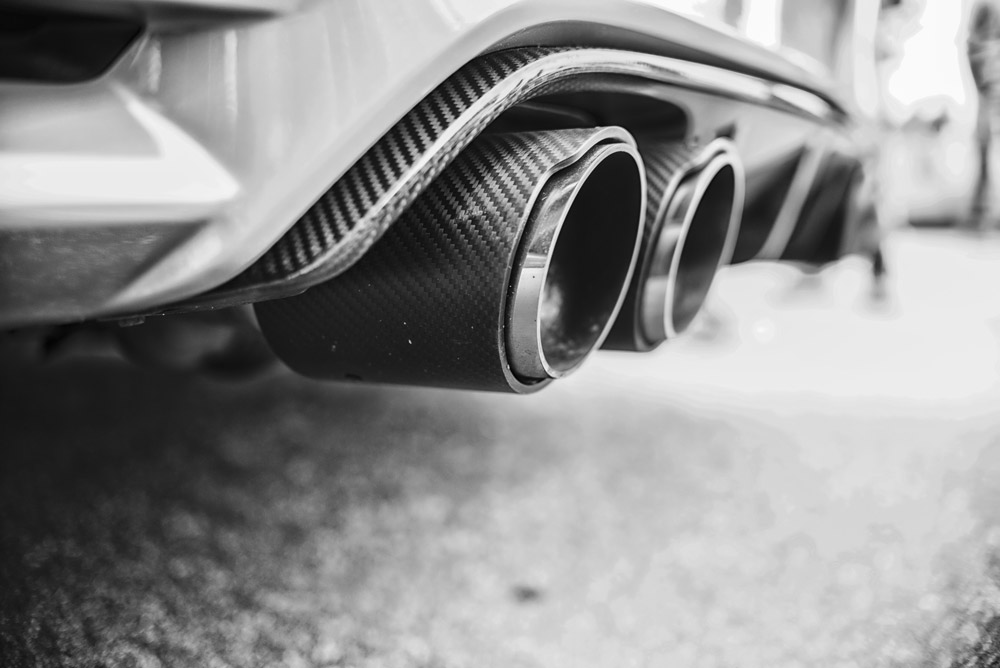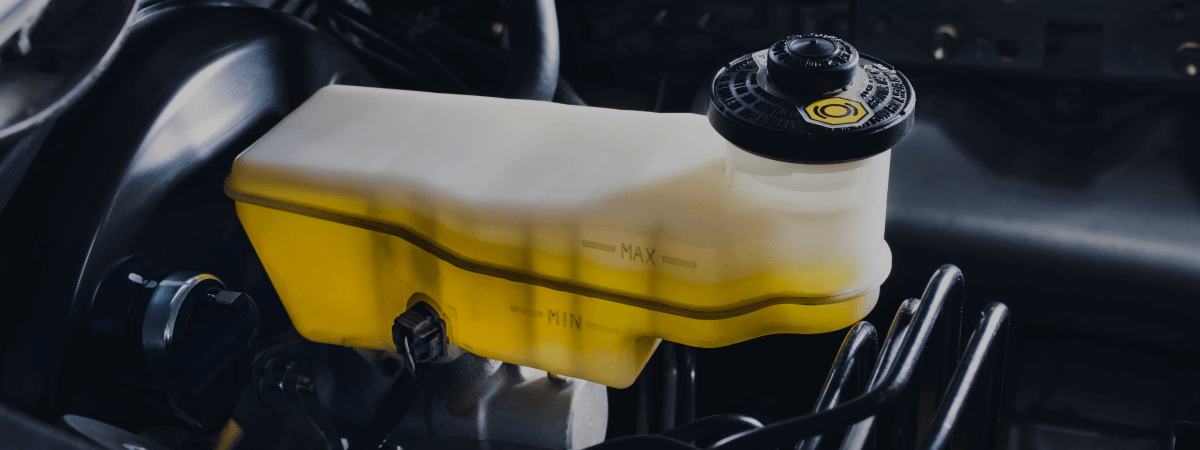
The Laws of Life
Cars are incredible inventions because they operate according to the laws of nature, although we might not realize it. For instance, all three of Newton’s laws of motion present in the way the car moves (or doesn’t move):
- The car will stay motionless, in park, unless it is turned on and operated by the driver.
- The car’s acceleration is a function of its mass being acted on by the force of the engine.
- The road provides forward frictional force on the car’s tires, which push backward against it.
There is another law at work, however, that we see every time we spy fumes coming out of the exhaust pipe: the law of the conservation of mass. This law simply states that objects cannot be created or destroyed, they merely change states.
The journey of fuel through the emissions system is the conservation of mass, in action — a process every car repair mechanic knows well.
A Study in Change
We all know that there are three states of matter that something can be in: a solid, a liquid, or a gaseous state. The exhaust that pours from the tailpipe is obviously a gas, and yet that is the third state that it has achieved, having already been the other two.
How is this so? Well, we know that gasoline (a liquid) is made from crude oil, which itself is a fossil fuel that comes from the remains of dead animals (a solid). Once it has been processed in a refinery and pumped into the car at the gas station, it then undergoes another change in the fuel injectors, turning it from a liquid to an atomized gas. It stays in this state as it travels through the emissions system.
How it Works
Here’s how the process looks according to the components of the vehicle itself.
- Fuel Tank: The reservoir where you refill your vehicle at the gas station.
- Fuel Pump: A pump that extracts the gasoline from the tank and pushes it through the fuel lines into the injection system.
- The Injection System: Here the fuel is turned into a gas and mixed with outside air before being sent to the engine’s internal combustion chamber.
- Exhaust Manifold: Once the fuel/air mixture in your engine’s combustion chamber explodes, it creates exhaust fumes that are pushed out of the engine cylinder through the exhaust manifold.
- Catalytic Converter: The fumes are fed directly into the catalytic converter, which changes most of the polluted exhaust from carbon monoxide into carbon dioxide, while the rest of the excess turns to water vapor.
- Tailpipe: This new CO2 is led into the muffler and back out again, only to exit through the tailpipe.
When you bring your vehicle in for emissions maintenance at our West Jordan car repair center, we look at the integrity of each of these components to make sure they are working properly.
The Redox Reaction
This amazing journey of change reaches its peak in the catalytic converter, an incredible device that uses the processes of reduction and oxidation (together referred to as “redox”) to literally change the elements of the exhaust and make it less pollutive.
As the exhaust travels through the converter’s honeycomb design, which is coated in noble metals (platinum, palladium, and rhodium), it undergoes a series of changes to its composition.
- The reduction process removes nitrogen atoms from the nitrogen oxide in the exhaust, making the simpler nitrogen gas.
- The oxidative process changes the carbon monoxide into carbon dioxide, with excess atoms turning into water.
These safer gasses are better for the environment, making catalytic converters an essential part of every vehicle, as mandated by the government. If your catalytic converter is showing signs of wear, you can get a new one at any Master Muffler.
Related Posts
Key Takeaways On average, passenger vehicle tires last 40,000 to 60,000 miles, depending on type, driving habits, and maintenance. Replace tires when tread depth reaches 2/32”, if damaged, or older than 10 years. Regular rotation, alignment, and proper inflation extend tire life. Aggressive driving, poor roads, and harsh weather shorten tire lifespan. Take advantage [...]
When you think about car maintenance, you probably focus on oil changes, tire rotations, and maybe even brake pad replacement. But what about your brake fluid? If you’ve ever wondered, “What does brake fluid do?” or “Why is brake fluid important?”, you’re not alone. Brake fluid might not be the most talked-about part of [...]
Is that high-pitched squeal from your brakes driving you—and everyone else—crazy? Don’t ignore it. Squeaky brakes aren’t just annoying, they’re your car’s way of saying something needs attention. Whether you're cruising through Salt Lake City or winding up Idaho’s mountain passes, here’s what’s likely going on, how you can fix it, and when it [...]





